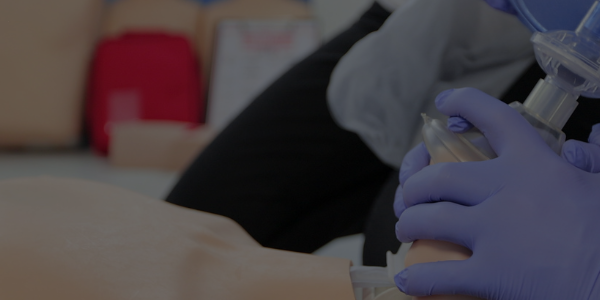Drowning in Children is a very real danger, and it’s completely preventable.
As the weather warms up and your family spends more time outdoors and near water, there are a few key things to remember to keep your children safe.
Drowning in children is a leading cause of death for kids ages 1 to 4. Drowning can happen quickly and without warning, and it can occur in only a few inches of water.
The elderly are also at risk for drowning.
Cardiovascular disease and poor balance may increase the risk for drowning among older adults. The use of alcohol may also be a contributing factor. In addition, older people may be more likely to take medications that increase their risk for falls, resulting in immersion in water.
What is Drowning in Children?
Drowning is the process of experiencing respiratory impairment from submersion/immersion in liquid.
The drowning process can be described as:
Initial aquatic contact — cold shock response, breath holding, laryngospasm, panic
Submersion — aspiration, hypoxia
Apnea — cerebral anoxia, bradycardia, cardiac arrest
What Causes Drowning?
One of the most common causes of drowning is not knowing how to swim properly. Other causes include:
- Lack of supervision by an adult
- Lack of fencing around backyard pools
- Alcohol use
First Aid for Drowning in Children
It’s important to learn first aid for drowning in children because it can happen anywhere there is water: your backyard pool, at the cottage or even on holiday. Be prepared by taking a first aid course like AB First Aid. It could help save a life — maybe even that of someone you love most.
Children can drown in as little as one inch of water. In fact, most drownings occur when children are not expected to be swimming. They fall into a pool, bathtub or bucket, or they get into trouble in a creek or ditch.
Parents and caregivers should always watch children who are swimming or playing near any body of water. Even if they think they’re just walking near the water’s edge, they could stumble and fall if they’re not carefully watched.
Please note that regular First Aid and CPR Training is the best way to make sure that you’re prepare in the case of an emergency. Book a course with us!
Find this article useful? Read more of our blogs here!





